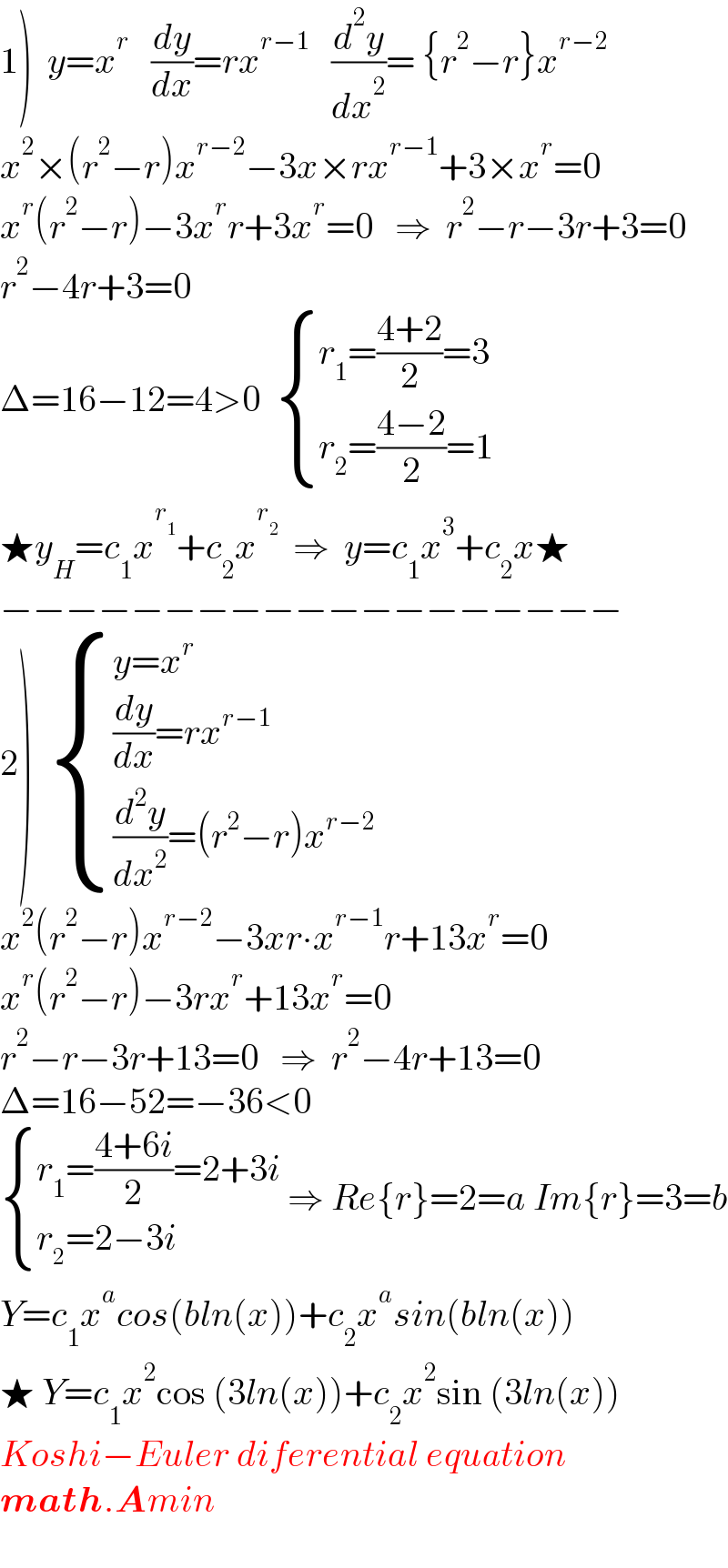
Question and Answers Forum
Question Number 155537 by SANOGO last updated on 01/Oct/21

Answered by amin96 last updated on 01/Oct/21

Commented by SANOGO last updated on 02/Oct/21

| ||
Question and Answers Forum | ||
Question Number 155537 by SANOGO last updated on 01/Oct/21 | ||
 | ||
Answered by amin96 last updated on 01/Oct/21 | ||
 | ||
| ||
Commented by SANOGO last updated on 02/Oct/21 | ||
 | ||